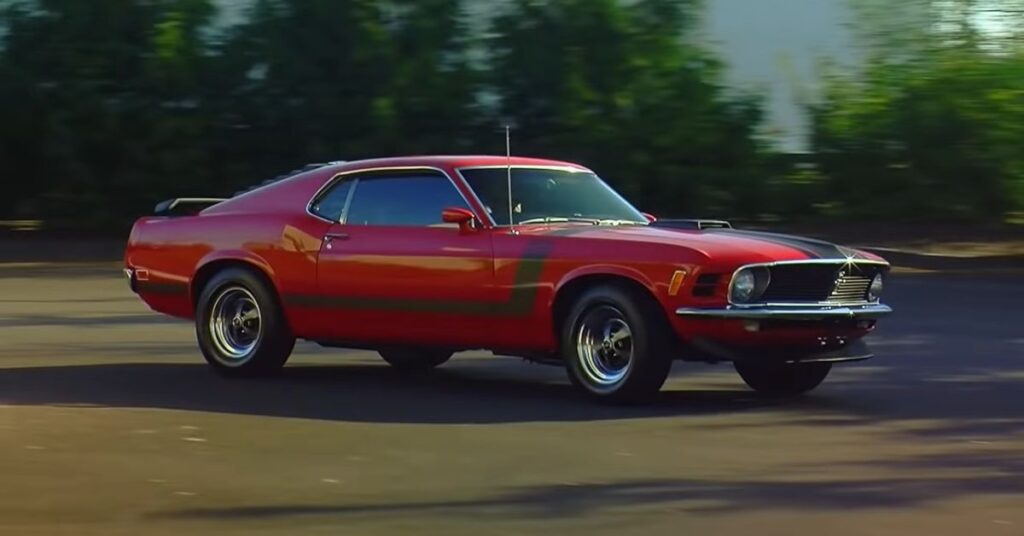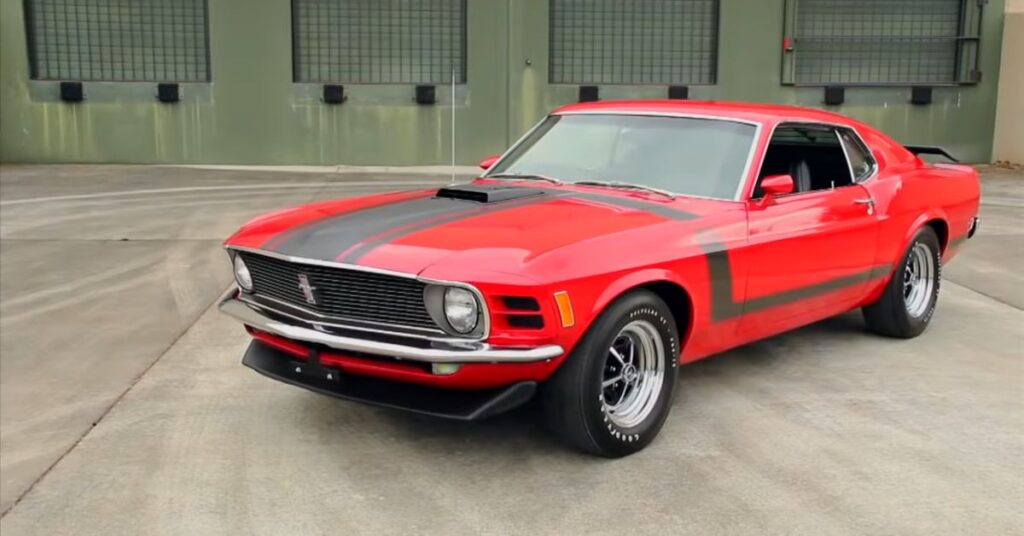The 1970 Ford Mustang Boss 302 holds a special place in the hearts of muscle car enthusiasts. It is a legendary vehicle that combines powerful performance, sleek design, and a fascinating history. In this article, we will delve into the details of this iconic car and explore what makes it a standout in the world of classic automobiles.
The Origin of the Name “Boss 302”
The story behind the name “Boss 302” adds to the mystique of this vehicle. Legend has it that during the car’s development, the designer, Larry Shinoda, was asked about the project. As the car was still a secret at the time, Shinoda simply referred to it as “the boss’s car.” This offhand remark stuck, and the name “Boss” became synonymous with the Mustang 302. It’s a fitting name for a car that exudes power and authority.

The Boss 302 Mustang enjoys widespread popularity, not only among Mustang aficionados but also among muscle car enthusiasts in general. One of the key reasons for its popularity is its connection to the Trans Am race car. Ford produced the Boss 302 as the street-legal version of the Trans Am racer to meet racing regulations. This gave the car an added allure and made it a favorite among those seeking high-performance vehicles.
Design and Appearance
The 1970 Ford Mustang Boss 302 boasts a design that exudes power and athleticism. With its bold lines, muscular contours, and commanding presence, it demands attention on the road. The blacked-out tail panel and wing, along with the blacked-out louvers, add a touch of menace. A reflective stripe running along the side accentuates its sleek profile, while the sport mirrors and functional shaker hood scoop hint at the car’s high-performance capabilities. The Boss 302’s design is a perfect blend of form and function, captivating enthusiasts and onlookers alike.
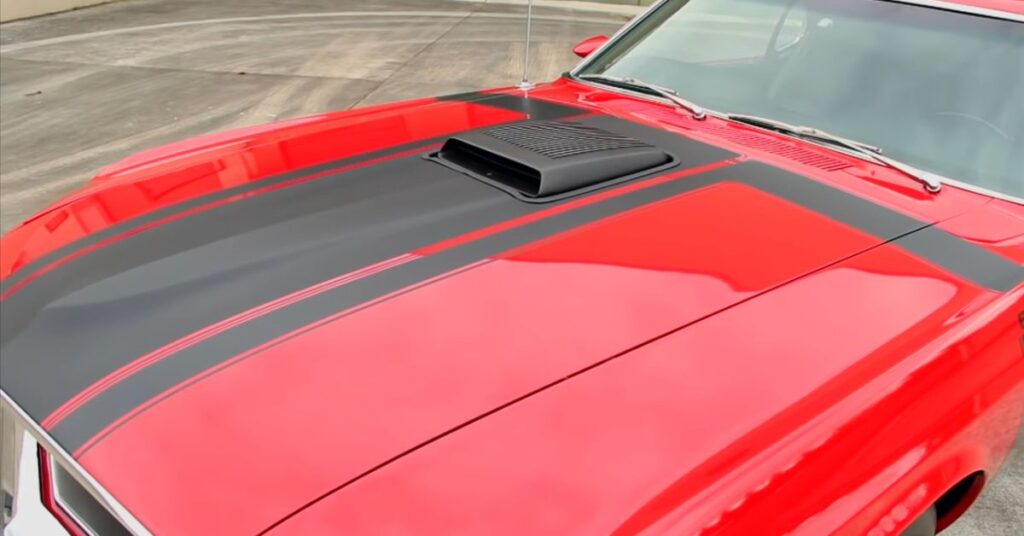
One of the standout features of the Boss 302 is its streamlined and elegant appearance. The elimination of the quarter panel scoops, typically found on regular Mustangs, gives it a cleaner and more refined look. The designers focused on creating a sleek and aerodynamic body, allowing the car to cut through the air with ease. Its low-slung profile, combined with carefully sculpted lines and curves, not only enhances its visual appeal but also improves its overall performance. The Boss 302 is a testament to the art of automotive design, where every detail serves a purpose and contributes to its captivating aesthetics.
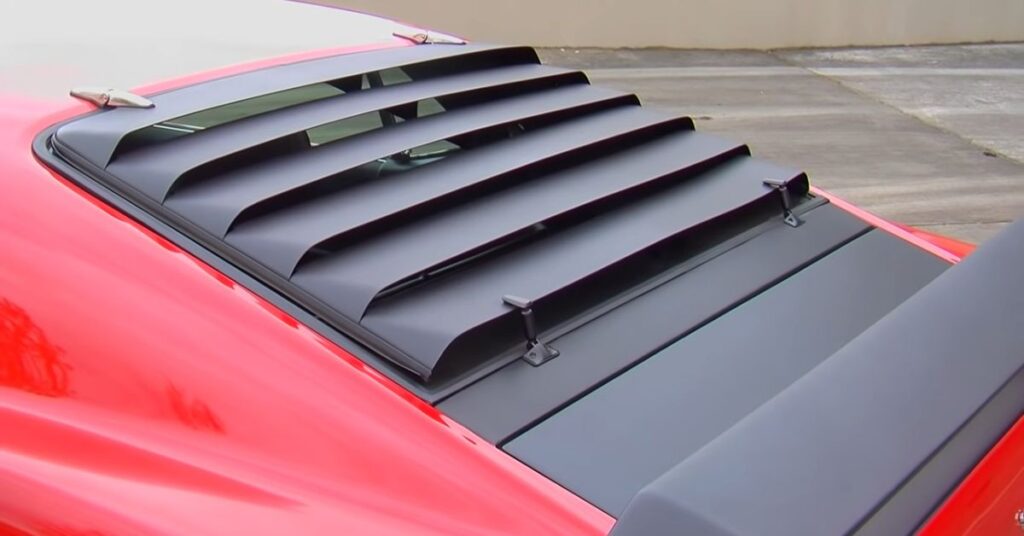
The Boss 302 showcases a range of distinctive finishing touches that set it apart from other Mustang models. From the aggressive front grille to the iconic Mustang emblem, every element has been meticulously crafted to enhance its visual impact. The Magnum 500 wheels, wrapped in Goodyear poly glass GT tires, not only provide a stylish look but also contribute to the car’s handling capabilities. The attention to detail extends to the interior as well, with supportive bucket seats and a driver-focused cockpit. The Boss 302’s design is a testament to the timeless appeal of American muscle cars, combining power and style in a package that continues to captivate enthusiasts to this day.
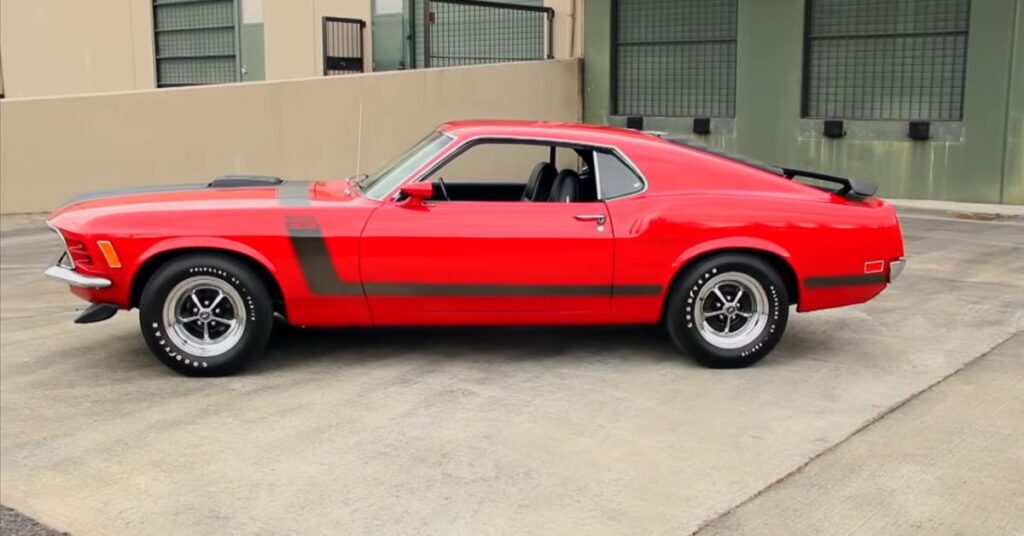
Performance and Engine Specifications
Under the hood, the Boss 302 packs a punch. Its engine differs from the standard 302, incorporating design elements for improved strength and performance. The block has a higher nickel content, and the crankshaft is held in place by four bolt main caps. The Boss 302’s power output is 290 horsepower at 5200 rpm, but the engine is designed to excel at higher RPMs.
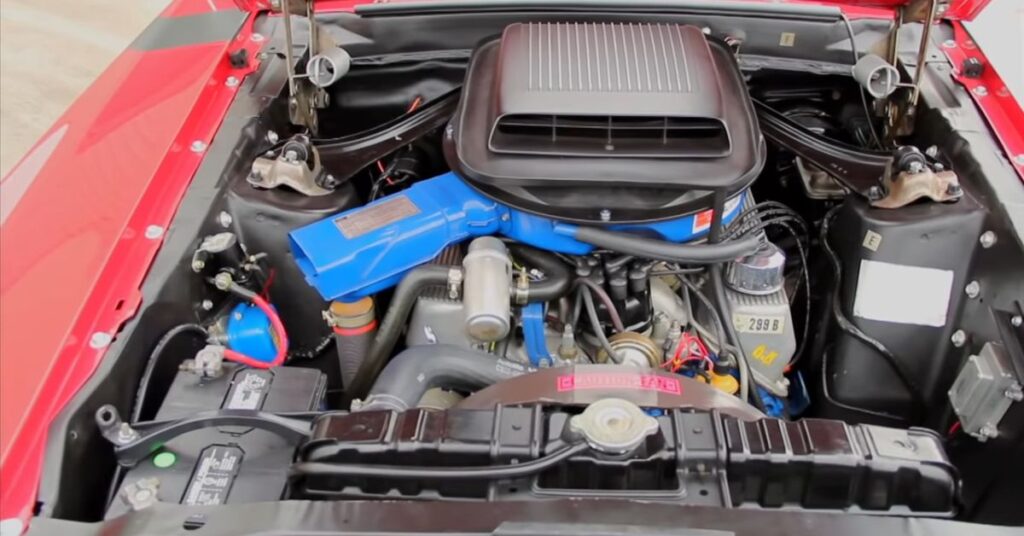
The cylinder head design allows for better airflow, and the camshaft is a solid lifter design with impressive lift and duration. The car also features a 10.5:1 compression ratio, domed pistons, and a Holley 784 barrel carburetor. All these elements contribute to its exceptional power and speed.
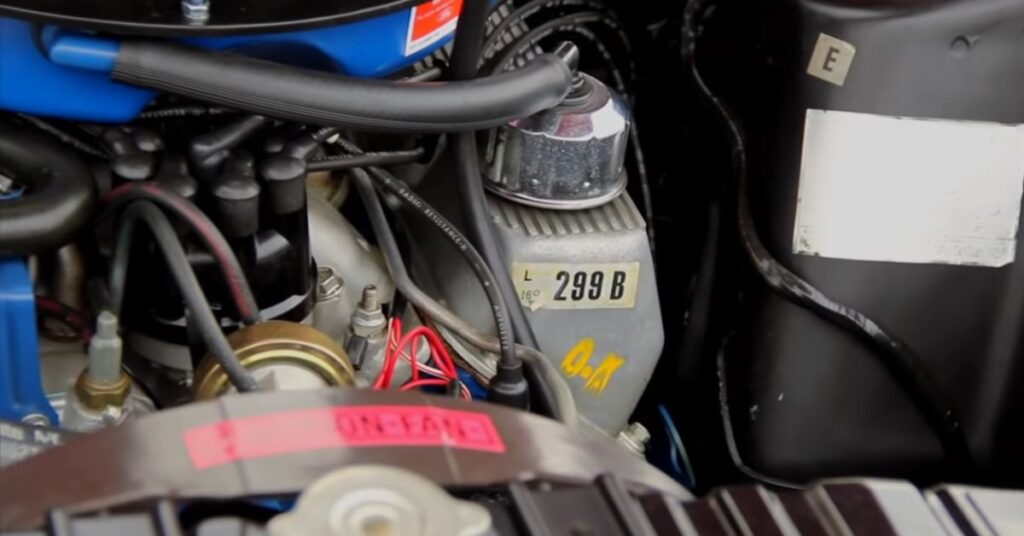
Transmission and Gear Ratio
The Boss 302 comes equipped with a four-speed manual transmission, adding to the car’s engaging driving experience. It boasts a 3.91 rear gear ratio, allowing for impressive acceleration. With its quick and precise shifts, the transmission complements the car’s high-performance engine and ensures an exhilarating ride.
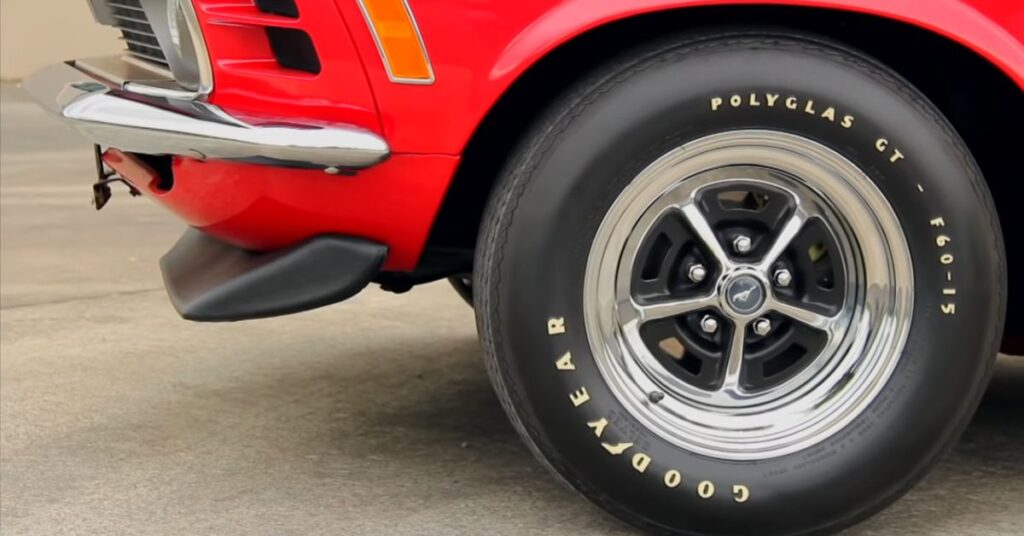
While the Boss 302 is primarily focused on performance, it still offers a comfortable driving experience. The supportive bucket seats and low seating position provide an engaging and connected feel to the road. However, visibility can be a challenge due to the slope of the sports roof’s rear window. Despite lacking luxury amenities, the interior of the Boss 302 remains one of the most well-designed and comfortable cockpits of its time.
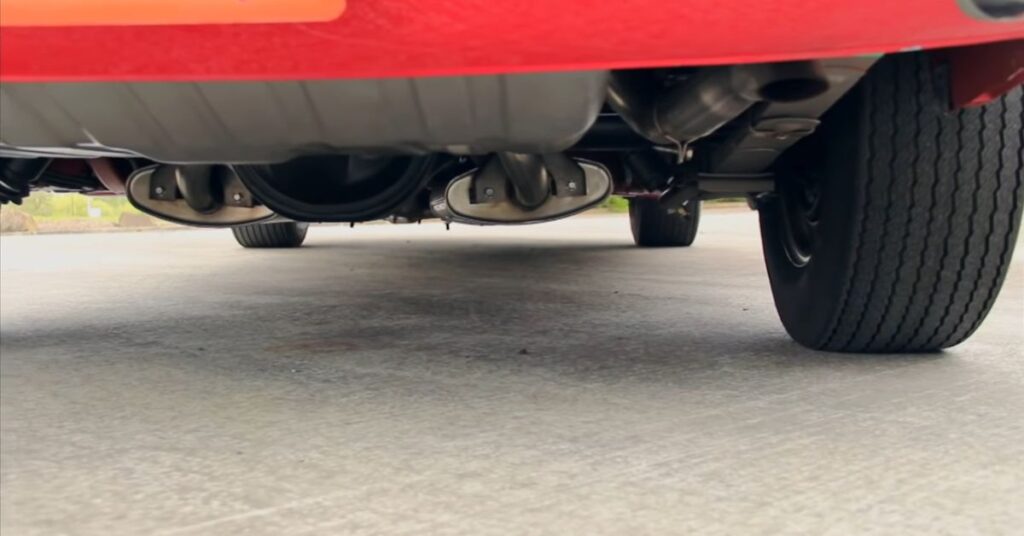
Production Numbers and Rarity
The 1970 Ford Mustang Boss 302 holds a special place in automotive history due to its limited production numbers. Ford produced just over 7,000 Boss 302s for the 1970 model year, a significant increase from the previous year’s production of 1,628 units. This exclusivity adds to the allure and desirability of the Boss 302 among collectors and enthusiasts. The meticulous attention to detail and performance enhancements make these cars highly sought after in the market.

Among the 7,000 Boss 302s produced in 1970, a select few were painted in the captivating Candy Apple Red color. With just over 500 units featuring this stunning hue, the red Boss 302s hold a special place among collectors. The rarity of these specific models adds to their desirability and increases their collector value. Owning a Candy Apple Red Boss 302 not only grants the satisfaction of driving an iconic muscle car but also places the owner in an exclusive group of enthusiasts who appreciate the unique beauty and rarity of this particular variant.
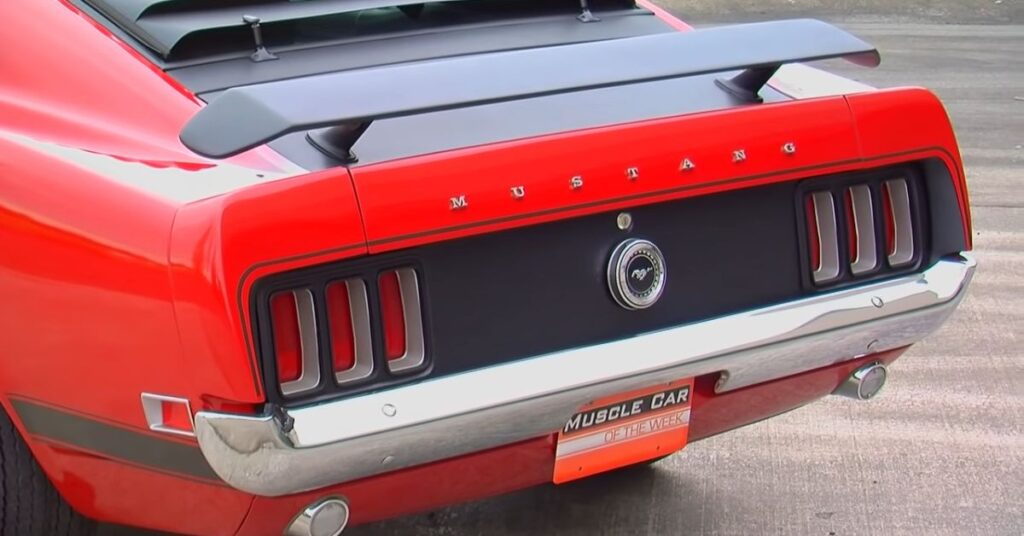
Conclusion
The 1970 Ford Mustang Boss 302 stands as a testament to the golden era of American muscle cars. Its powerful engine, captivating design, and rich racing heritage make it a timeless classic. Whether you’re a Mustang fan, a muscle car enthusiast, or simply appreciate automotive excellence, the Boss 302 holds a special place in automotive history.
